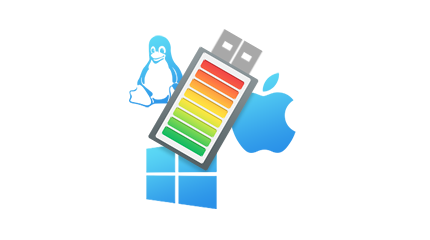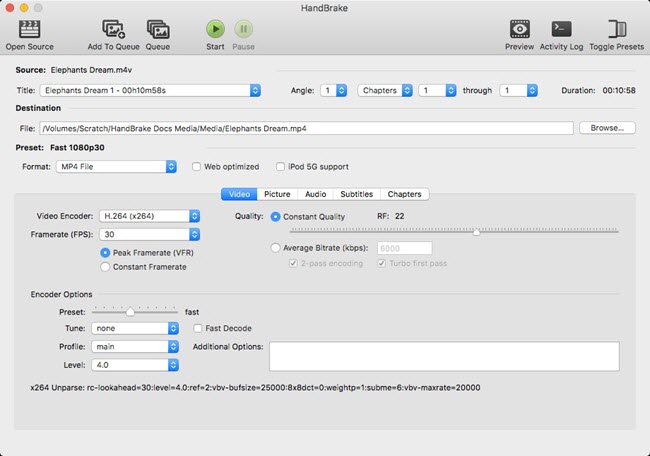

It will then set up connections to all running devices which are attached to the computer (including emulators). Once that ADB service has been started, it will continue to listen to that specific port for commands that have been sent by the ADB client. If the daemon isn’t running, then it will start the process and tell you which local TCP port it has been started on. You’ll see this the following message in the command prompt or terminal, as it will check to make sure the daemon is running. So if you have freshly booted the computer (and you don’t have it setup to start the daemon on boot), then you will need it to be running before any communication can be sent to the target Android device. The server runs as a background process on the PC/Mac.īecause there are three pieces that makeup ADB (the Client, Daemon, and the Server), this requires certain pieces to be up and running in the first place.

A daemon (adbd), which runs commands on a device.We are sending commands to our device from this coomputer through the USB cable (and wirelessly as well in some cases).

the PC or Mac you have connected to your Android device. There are three components that make up the entire process. The internal structure of the Android Debug Bridge (ADB) is based on the classic client-server architecture.

So, in this guide, we will show you how to install ADB on Windows, macOS, and Linux in quick and easy-to-follow steps. A prerequisite to these tricks is installing ADB on your computer. These have generally been done with the help of some command line Android Debug Bridge ( ADB) commands, a tool that Google offers for developers to debug various parts of their applications or the system, but which we can use for all kinds of neat and hidden tricks. Several features of the Android platform can be accessed only through paths and methods that are hidden away from the average user.


 0 kommentar(er)
0 kommentar(er)
